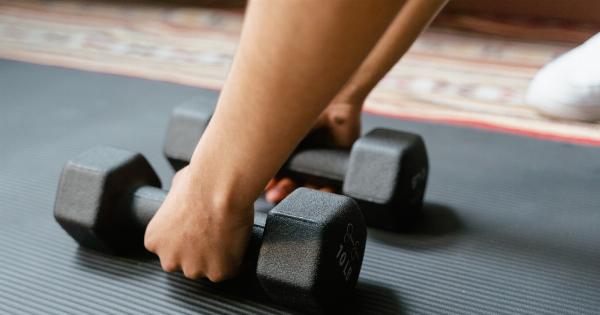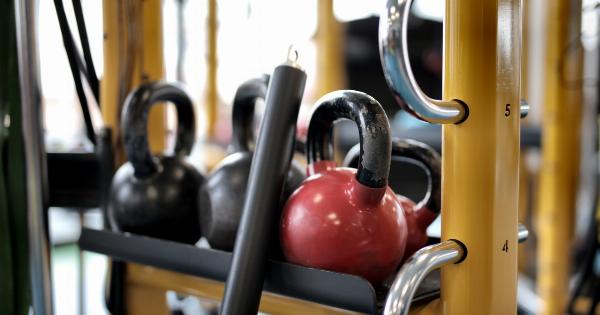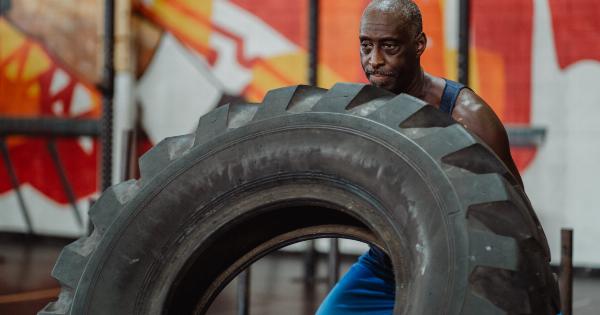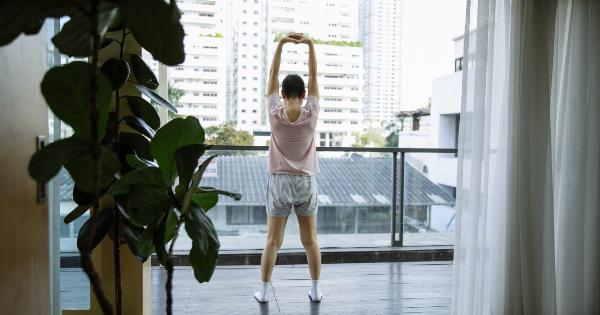Insulin resistance is a metabolic condition that occurs when the body’s cells become less responsive to the effects of insulin. This leads to higher levels of glucose in the bloodstream, eventually resulting in type 2 diabetes if left unmanaged.
While lifestyle changes such as diet modifications and regular exercise are generally recommended to improve insulin sensitivity, the role of gymnastics in reversing insulin resistance is often overlooked. In this article, we will explore how gymnastics can be an effective tool in combating insulin resistance and improving overall metabolic health.
Understanding Insulin Resistance
In order to understand how gymnastics can reverse insulin resistance, it is important to grasp the underlying mechanisms of this condition. Insulin, a hormone produced by the pancreas, is responsible for helping glucose enter cells to be used as energy.
Insulin resistance occurs when the body’s cells fail to respond to insulin appropriately, leading to a build-up of glucose in the bloodstream.
Insulin resistance is often accompanied by obesity, physical inactivity, and poor dietary choices. Over time, the body’s insulin-producing cells may struggle to keep up with the increased demand, causing insulin levels to rise even higher.
This can further contribute to weight gain and a vicious cycle of worsening insulin resistance.
The Impact of Gymnastics on Insulin Sensitivity
Gymnastics, with its diverse range of movements and physically demanding nature, can have a profound impact on insulin sensitivity.
Regular participation in gymnastics can help improve body composition, increase muscle mass, and reduce overall body fat percentage – all of which play a crucial role in enhancing insulin sensitivity.
Strength Training and Insulin Sensitivity
One of the primary components of gymnastics is strength training. Strength training exercises, such as weightlifting, bodyweight exercises, and resistance training, have been shown to improve insulin sensitivity in individuals with insulin resistance.
When you engage in strength training, whether it be through bodyweight exercises like push-ups and pull-ups or weightlifting exercises like squats and deadlifts, your muscles require energy in the form of glucose.
The increased demand for glucose in your muscles leads to improved insulin sensitivity as your cells become more efficient at utilizing glucose for energy.
Flexibility and Insulin Resistance
Gymnastics also emphasizes flexibility, which can have a positive impact on insulin resistance. Chronic conditions such as obesity and physical inactivity can result in reduced joint mobility and flexibility.
This decrease in range of motion can impair insulin sensitivity.
Through regular gymnastics training, individuals can improve their flexibility, allowing for better movement and overall metabolic health.
Improved flexibility helps to enhance blood flow to muscles, reduce inflammation, and improve insulin sensitivity as a result.
Cardiovascular Exercise and Insulin Sensitivity
While strength training and flexibility exercises are essential in reversing insulin resistance, gymnastics also incorporates cardiovascular exercises that can further enhance insulin sensitivity.
Cardiovascular exercises such as running, jumping, and various aerobic activities can help individuals achieve a healthy weight, increase heart and lung capacity, and lower insulin levels.
These exercises promote glucose uptake in the muscles and enhance insulin sensitivity, ultimately improving overall metabolic health.
The Psychological Benefits of Gymnastics
In addition to the physical improvements, gymnastics also provides various psychological benefits, which can indirectly contribute to reversing insulin resistance.
Engaging in gymnastics promotes discipline, self-confidence, stress reduction, and improved mental well-being. These factors can lead to better overall lifestyle choices and adherence to healthy habits that positively impact insulin sensitivity.
Creating an Effective Gymnastics Routine
In order to effectively reverse insulin resistance through gymnastics, it is essential to create a well-rounded routine that incorporates different elements discussed above.
A comprehensive gymnastics routine for improving insulin sensitivity may include a combination of strength training exercises, flexibility drills, cardiovascular workouts, and targeted movements that promote balance and coordination.
It is recommended to consult with a qualified gymnastics coach or trainer to develop a personalized routine that aligns with individual goals and abilities.
They can provide guidance on proper form, progression, and intensity to ensure maximum benefit and minimize the risk of injury.
Conclusion
Gymnastics, with its emphasis on strength training, flexibility, and cardiovascular exercise, can play a significant role in reversing insulin resistance.
By improving body composition, increasing muscle mass, enhancing flexibility, and promoting cardiovascular health, gymnastics can help individuals improve their insulin sensitivity and overall metabolic health.
It is important to remember that gymnastics alone may not be sufficient to reverse insulin resistance completely.
A holistic approach that includes a balanced diet, stress management, and regular physical activity is crucial for managing and combating this metabolic condition.




























